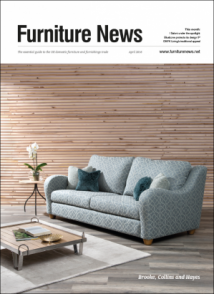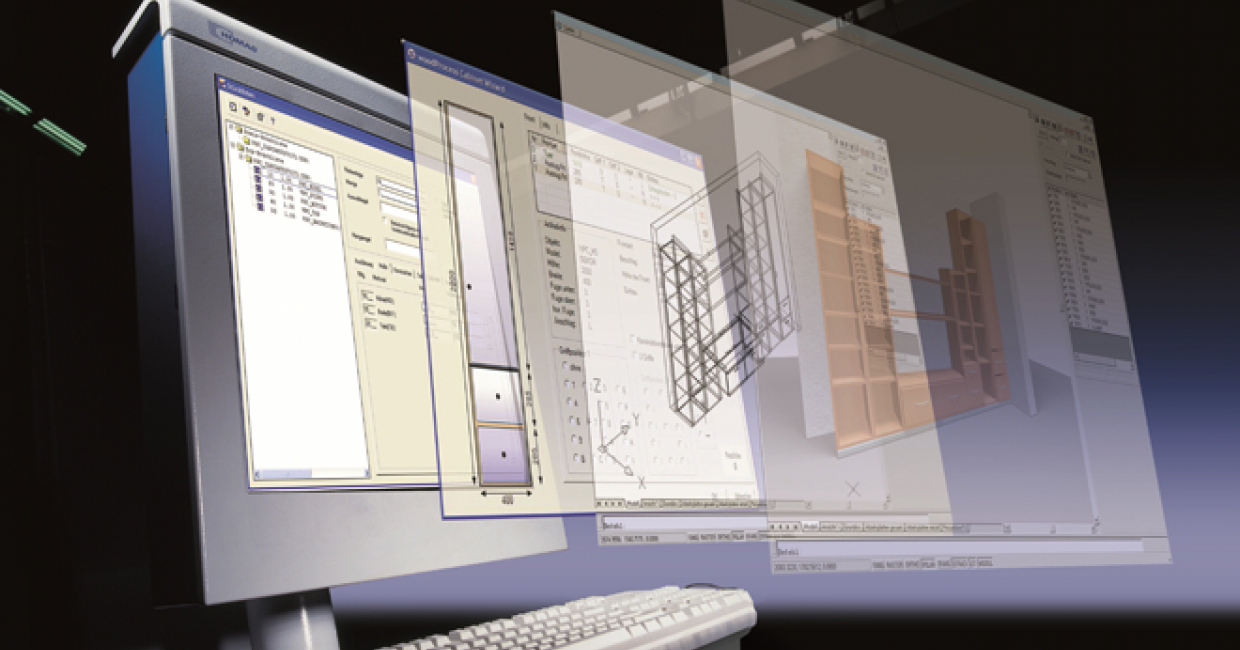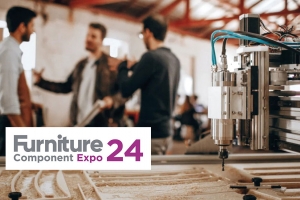To deliver the versatility and capability to cope in such a demanding environment, the Homag Group created a technically-advanced software solution – woodCAD-CAM. This original system has now been updated to version 10.0. The improved software provides continuous assistance from planning, presentation and design to final production, with the ability to supply modifications at any time.
Simon Brooks, sales and marketing director of Homag UK explains: “Demands dictate that manufacturers have to be extremely flexible; they need to be able to change their designs speedily, put these new designs into production quickly and do all this cost efficiently.
“The new woodCAD-CAM 10.0 software delivers parametric furniture design in 3D and provides a direct link to the machine technology. This means that whether for standalone furniture or complex room plans, the path from the first concepts to production on the machine is as simple as it is impressive.”
Impressive features
“Accuracy is of the utmost importance to a busy workshop,” Simon continues. “In order to aid operators in keeping high standards, woodCAD-CAM 10.0 can supply barcode printed labels to attach to products which, when scanned at each station, provide machine operators with programming instructions. This improves both visibility of products and the efficiency of a workshop.
“It’s also important to note that the software is fully compatible across the entire Homag range including five-axis technology. This means that the one system can provide a complete program for the whole factory – from a Bargstedt storage and retrieval system all the way through to the final assembly of the product. With all of the machines working together it leads to a much more efficient production line.”
New functions for design
Regardless of whether you are working with dimensionally variable carcass furniture or complex furnishing items, such as counters, bars or reception desks, assemblies are generated in 3D by the woodCAD-CAM 10.0 software. These designs are completed with all necessary connections, processing operations and hardware.
“This feature is particularly useful when it comes to visualising prototypes, planning and design results,” Simon adds. “The designs are photo-realistically depicted so that customers can easily see or visualise how the finished furniture will look.”
CAD functions for complex geometries and 3D modelling were a significant focus for the software engineers when it came to building woodCAD-CAM 10.0. The software has simplified the process for object-oriented designs. For more complex parts such as contours, arches or wall profiles, it has been installed with helpful design assistants which lead the user through a step-by-step process to completion of the job.
“Homag’s woodCAD-CAM is an extremely cost-effective product thanks to its modular design; as a consequence, customers need only purchase the parts relevant to their business. It gives furniture manufacturers a real edge. Not only is it the modern way to produce furniture, it is also the only way forward if you want to remain competitive,” concludes Simon.










